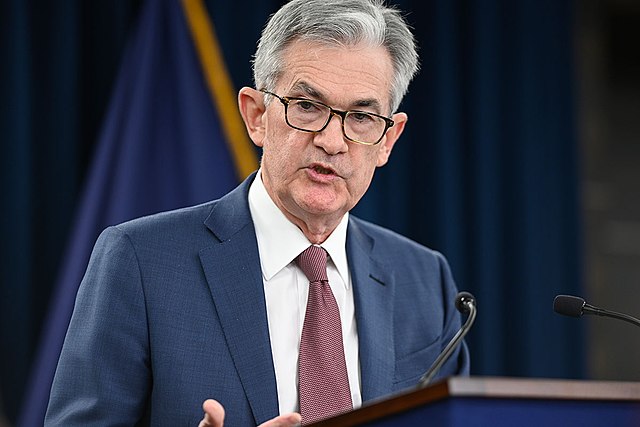The Federal Reserve cut interest rates by half a percentage point, reducing its policy rate to the 4.75%-5.00% range, marking the beginning of what could be a gradual easing cycle aimed at addressing both inflation and concerns about the job market. Fed policymakers expressed increased confidence that inflation is moving toward the 2% target, though inflation remains slightly elevated. The larger-than-expected rate cut reflected growing concerns about the potential weakening of the U.S. labor market.
Despite the rate cut, one member of the Fed’s committee, Governor Michelle Bowman, dissented, favoring a smaller quarter-percentage-point reduction. Policymakers now expect another 50 basis points of cuts by the end of 2024, with further cuts forecast for 2025 and 2026. The decision led to a boost in U.S. stocks, a drop in Treasury yields, and a weakening of the U.S. dollar. The Fed emphasized that it remains prepared to adjust policy as necessary to balance inflation and employment goals.
Market Overview:- The Federal Reserve cut interest rates by 50 basis points, lowering the policy rate to the 4.75%-5.00% range.
- U.S. stocks rose following the Fed’s decision, while Treasury yields and the U.S. dollar declined.
- The Fed expects another 50 basis points of rate cuts in 2024, with additional reductions in subsequent years.
- Inflation is still elevated, but the Fed has increased confidence it is moving toward the 2% target.
- Governor Michelle Bowman dissented, advocating for a smaller rate cut.
- Policymakers remain cautious, monitoring both inflation and employment risks.
- The Fed anticipates continued rate cuts over the next few years, with the policy rate expected to fall to 2.75%-3.00% by 2026.
- As the labor market shows signs of slowing, the Fed’s dual mandate will guide future monetary policy decisions.
- Investors will closely watch the Fed’s next policy meeting, which takes place after the U.S. presidential election.
The Federal Reserve’s decision to cut rates by 50 basis points signals its focus on both stabilizing inflation and addressing concerns over the U.S. labor market. With further cuts expected in the coming years, the central bank aims to balance economic growth and price stability while remaining flexible to changes in economic conditions. Investors reacted positively to the decision, although questions linger about the Fed’s long-term strategy.
Looking forward, the Fed’s actions will be closely scrutinized as it navigates potential headwinds in both inflation and employment. With the central bank projecting steady economic growth and manageable inflation, its approach to interest rates will continue to shape financial markets and the broader U.S. economy.




